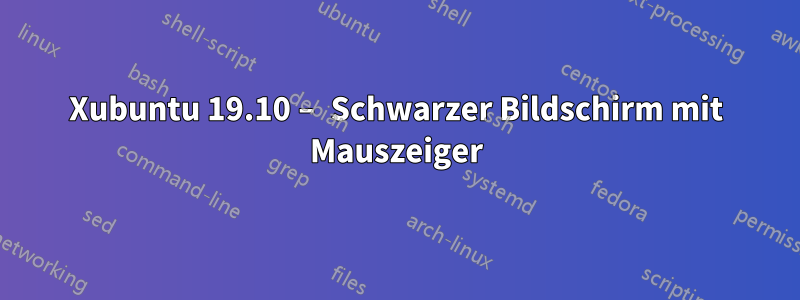
Xubuntu 19.10 auf Dell Optiplex 755 – funktioniert perfekt.
Das einzige Problem ist, dass wenn ich den PC eine Zeit lang unbeaufsichtigt lasse, nur ein schwarzer Bildschirm mit sichtbarem Mauszeiger angezeigt wird. Ansonsten ist nichts auf dem Bildschirm.
Ich kann Strg-Alt-F1 drücken, mich über das Terminal anmelden und neu starten, und dann wird alles normal fortgesetzt.
Irgendeine Idee?
Antwort1
Dieselbe Situation mit MSI VR600X.
Für mich ist es hilfreich:https://www.stephenwagner.com/2019/05/05/ubuntu-linux-black-screen-frozen-system-after-upgrade-install/
Vorübergehende Lösung
So booten Sie das System:
After turning on your PC, hold the right SHIFT key to get to the GRUB bootloader.
Once GRUB is open, press the “e” key to edit the first highlighted entry “Ubuntu”.
Move your cursor down to the line that starts with “linux”, and use the right arrow key to find the section with the words “ro quiet splash”.
Add “nomodeset” after these words.
nomodeset
Feel free to remove “quiet” and “splash” for more verbosity to troubleshoot the boot process.
Press “CTRL + X” or “F10” to boot.
The system should now boot.
Dauerhafte Lösung
So beheben Sie das Problem dauerhaft:
Once the system has booted using the temporary fix, log in.
Open a terminal window (Applications -> Terminal, or press the “Start” button and type terminal).
Either “su” in to root, or use “sudo” to open your favorite text editor and edit the file “/etc/default/grub” (I use nano which can be install by running “dnf install nano”):
nano /etc/default/grub
Locate the line with the variable “GRUB_CMDLINE_LINUX_DEFAULT”, and add “nomodeset” to the variables. Feel free to remove “splash” and “quiet” if you’d like text boot. Here’s an example of my line after editing (yours will look different):
GRUB_CMDLINE_LINUX_DEFAULT="quiet splash nomodeset"
Save the file and exit the text editor (CTRL+X to quit, the press “y” and enter to save).
At the bash prompt, execute the following command to regenerate the grub.conf file on the /boot partition from your new default file:
update-grub
Restart your system, it should now boot!
Bitte beachten: Stellen Sie immer sicher, dass Sie eine vollständige Systemsicherung haben, bevor Sie Systemdateien ändern!


